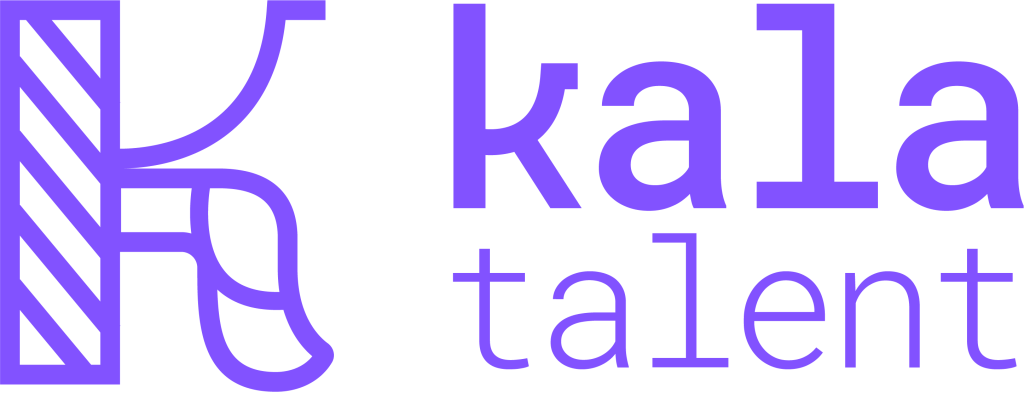There’s a reason people remember bad hiring processes years later. The silence after an interview, the vague job description, the “we’ll get back to you” that never comes it all sticks.
And here’s the cost: 72% of candidates who have a bad experience share it with others (CareerArc). 63% reject offers because of poor communication (Gartner). On the flip side, candidates who have a good experience are four times more likely to reapply or refer others (IBM).
A transparent hiring process is one where candidates are clearly informed about each stage of the process, the role expectations, and how decisions are made. It focuses on clarity, fairness, and communication to ensure everyone feels respected, informed and more connected to your company from day one.
Let’s break it down:
- Open communication – Regular updates and honest conversations
- Clear expectations – Defined responsibilities and evaluation criteria
- Consistent feedback – Timely, constructive input at each stage
- Fair evaluation – Standardized processes to reduce bias
Start With the Beginning
Most hiring problems start before the first interview, they start with the job description. A vague post like “We’re looking for a marketing rockstar” doesn’t just sound lazy, it creates mismatched expectations.
Transparent hiring starts by being honest about what the job really is. That means clearly separating must-have skills from nice-to-haves, adding a “day in the life” section with input from someone in the role, and explaining what success looks like in 90 days. When a SaaS startup we worked with rewrote its JD from fluffy to concrete — “You’ll own paid campaigns on Google & LinkedIn, manage a $15k budget, and run 2–3 A/B tests weekly” applications from qualified candidates went up 28%.
Stop Hiding the Salary
The data is there: job posts with salary ranges get up to 60% more applicants (Indeed). And yet, many companies still play coy, using “competitive salary” as if it’s a positive. In reality, it’s not.
Being transparent about pay isn’t just good for candidates, it saves you time. ConvertKit includes salary ranges in every posting and reports 25% faster hires because unaligned candidates self-select out early. If you hire internationally, be clear about whether the range changes by location and why. And explain how you decide pay (whether it’s skills, experience, or internal salary bands) to reinforce fairness.
Make the Process Predictable
If a candidate can’t explain your hiring process to a friend after the first call, you’re doing it wrong.
Zapier has one of the most candidate-friendly models out there:
- Recruiter call – 30 minutes
- Skills interview – 45 minutes
- Paid project – capped at 3 hours
- Final values/culture interview – 45 minutes
It’s predictable, fair, and they share it upfront. That clarity reduces stress, removes bias, and speeds up decision-making. In contrast, adding surprise interview stages late in the process almost guarantees frustration, and drop-offs. Even though stages can vary within teams and companies, the important thing is share it in advance, it doesnt have to be that way forever, processes could change but keep the candidate informed about this is key.
Ghosting doesn’t just hurt feelings, it damages your employer brand more than offering a lower salary. Candidates can forgive rejection; they don’t forgive being ignored.
Atlassian sends a weekly update to every active candidate, even if the update is simply “we’re still deciding.” That small act reduced their mid-process drop-offs by 20%. The lesson: even “no news” is better than silence. And when you have news, make it human — not just an automated rejection email.
Feedback
Here’s something most companies miss: candidates who receive useful feedback after a rejection are more likely to apply again. They might even refer other people.
One of our partners implemented a a “three strengths, one growth area” format for feedback. Several rejected candidates reapplied months later. The key is to make it specific (“Your PPC strategy was strong, especially the audience segmentation”) and actionable. “Not the right fit” doesn’t help anyone.
Transparent hiring isn’t just a good initiative, it impacts the process, the business and the companys growth:
- Offer acceptance rates: 78%+ (vs. 64% without transparency) — Who wants an extra last step after four interviews, right?
- Mid-process drop-offs: <15% (vs. 29% without) — If you don’t know what the next steps are, it makes sense to move forward with another process.
- Time-to-fill: 24–28 days (vs. 37+) — Candidates apply to opportunities that match not only their skills but also their salary expectations.
For startups and agencies without Google-sized salaries or perks, this is how you compete. Transparency is free, and it’s one of the fastest ways to win top talent — and keep them.
How kala Can Help🙋♀️
We work with remote-first companies to build transparent, fair hiring processes that truly connect with LATAM talent.
Want to rethink your hiring playbook?
📩 Reach out to our team at hola@kala-talent.com
We’ll help you build systems candidates like and want to be part of.



